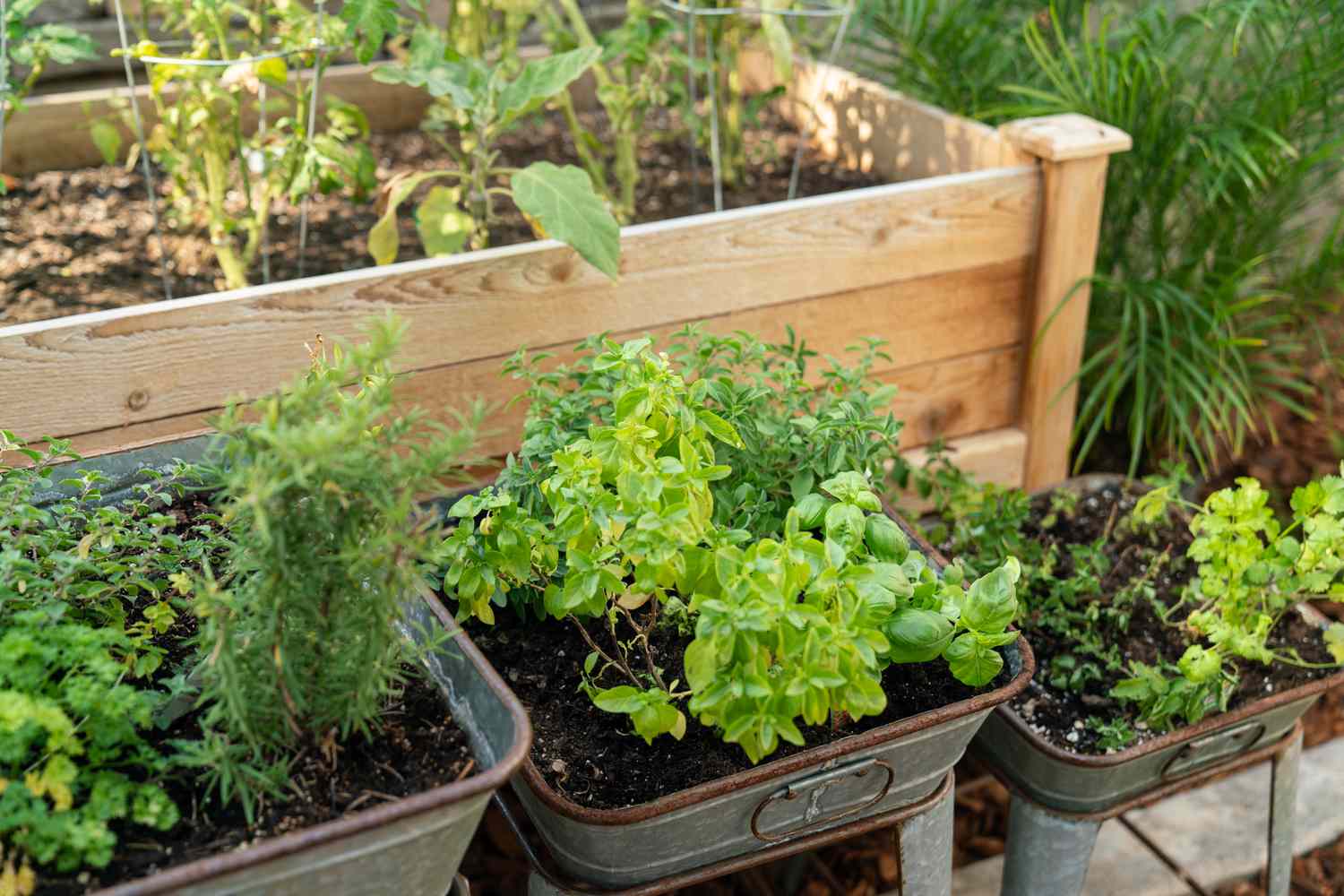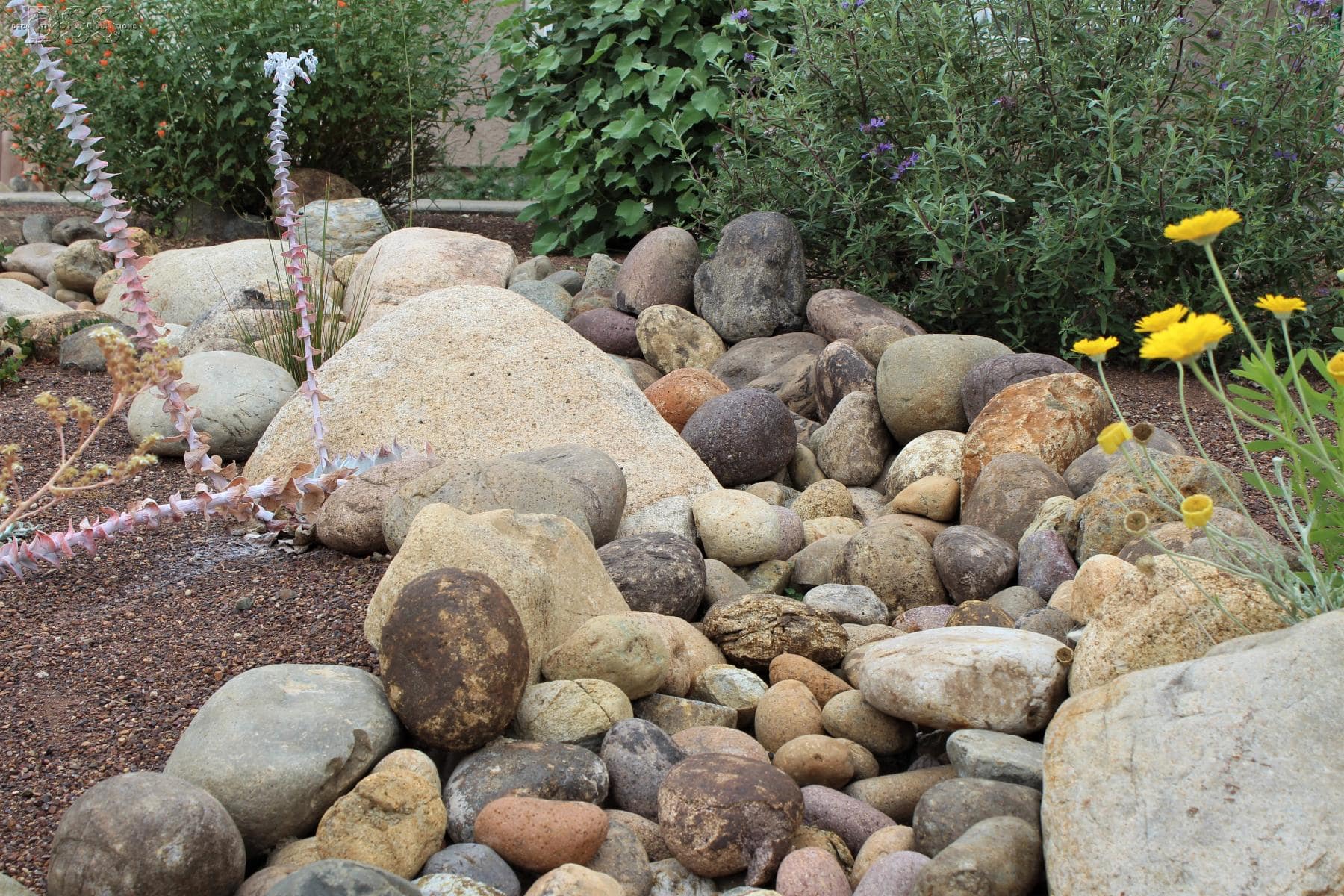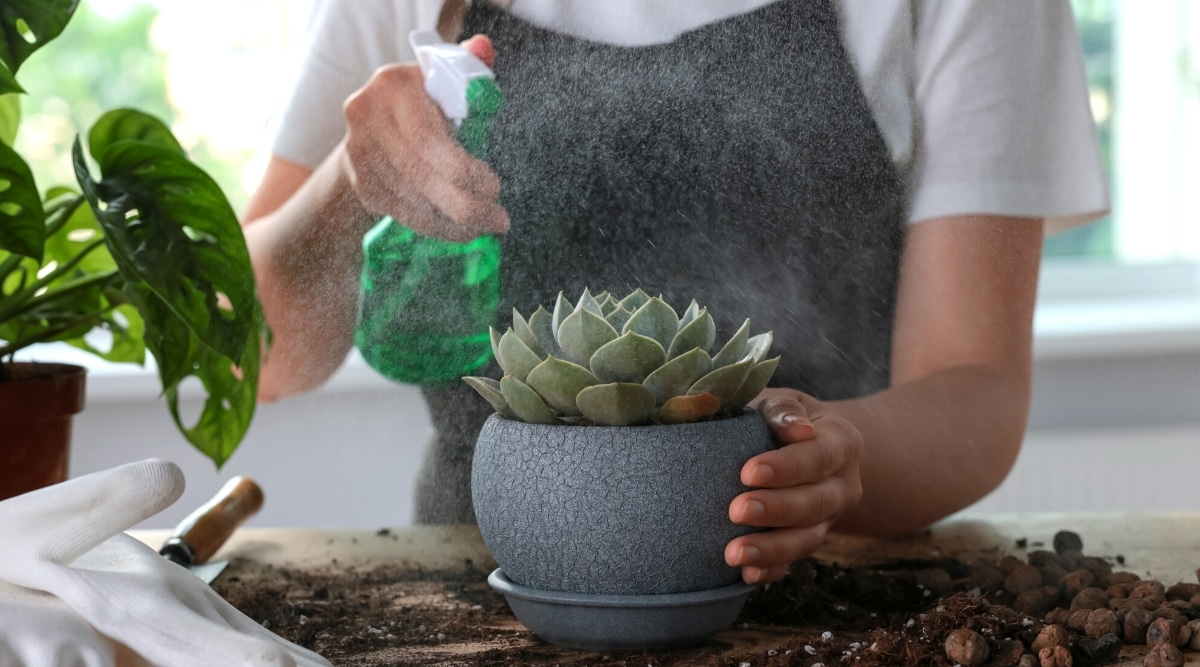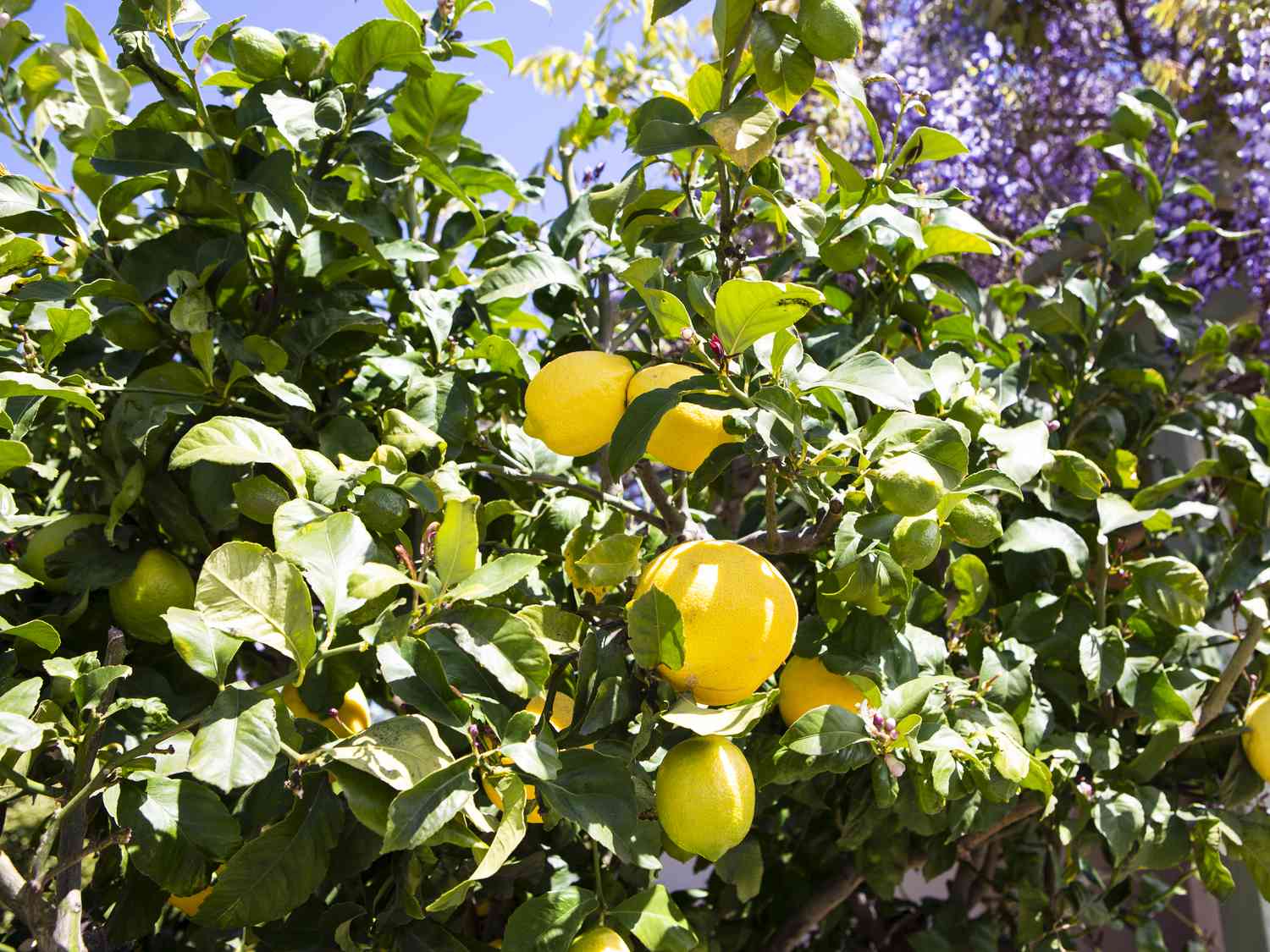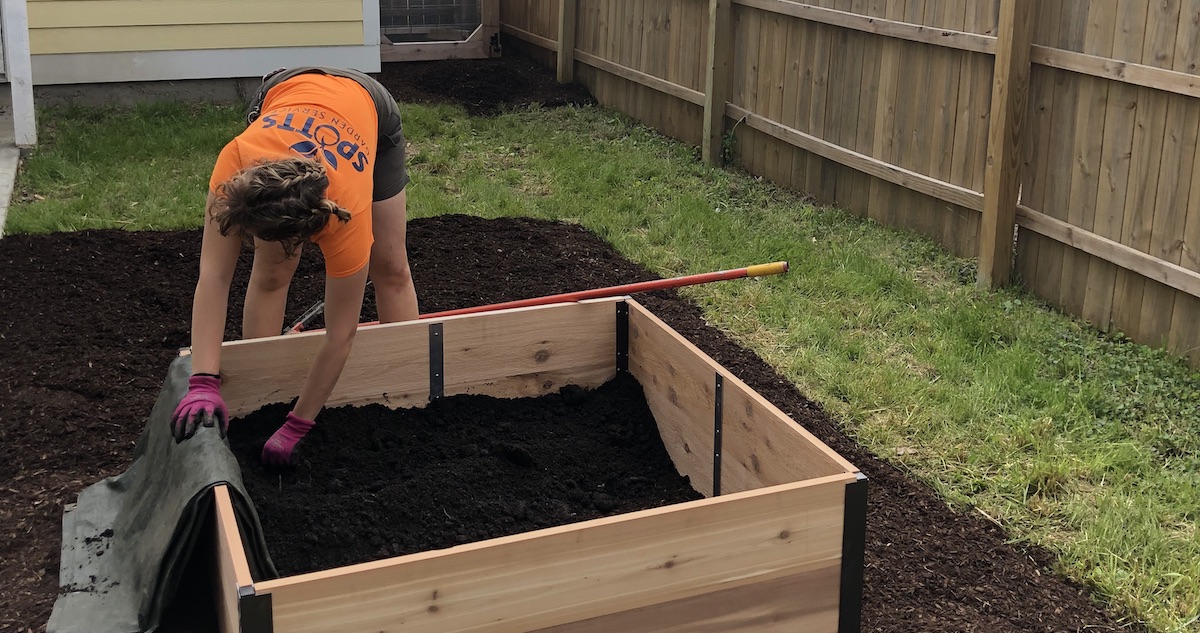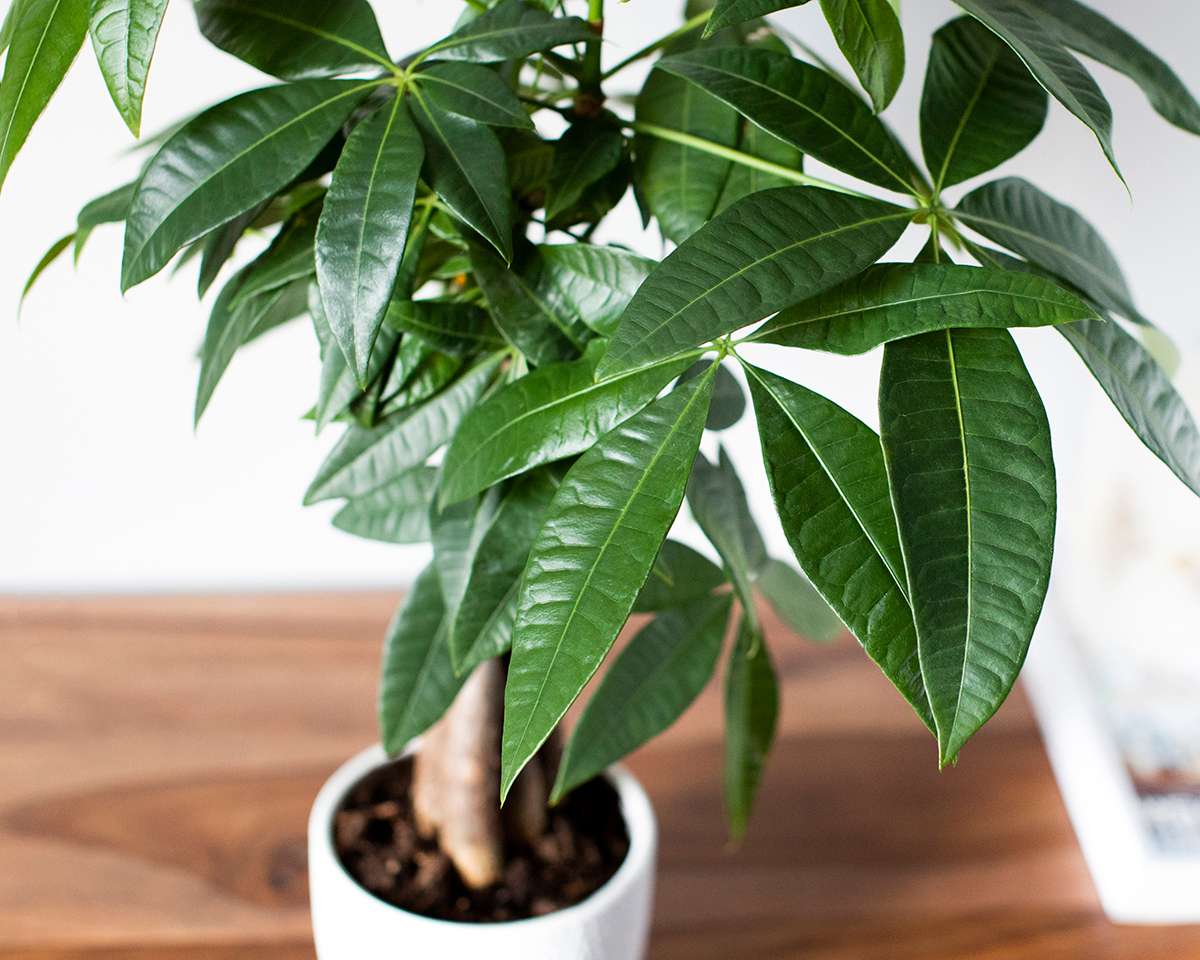Home>Gardening Techniques>Plant Care>How Much Light Do Autoflower Seedlings Need


Plant Care
How Much Light Do Autoflower Seedlings Need
Published: January 5, 2024
Discover the optimal amount of light needed for autoflower seedlings in this comprehensive guide. Improve your plant care skills and ensure successful growth.
(Many of the links in this article redirect to a specific reviewed product. Your purchase of these products through affiliate links helps to generate commission for Chicagolandgardening.com, at no extra cost. Learn more)
Table of Contents
- Introduction
- Importance of Light for Autoflower Seedlings
- Optimal Light Intensity for Autoflower Seedlings
- Duration of Light Exposure for Autoflower Seedlings
- Types of Light for Autoflower Seedlings
- Managing Light Cycles for Autoflower Seedlings
- Common Mistakes in Providing Light for Autoflower Seedlings
- Conclusion
Introduction
Welcome to the fascinating world of plant care! If you’re a beginner or even an experienced gardener, understanding the optimal plant care techniques is crucial for the health and vitality of your plants. A key aspect of ensuring the well-being of your plants is providing them with the right amount of light, especially during the critical early stages of growth.
Autoflower seedlings require adequate light to kickstart their growth and develop into healthy, productive plants. Light plays a vital role in triggering photosynthesis, the process by which plants convert light energy into chemical energy to fuel their growth. It also influences key plant processes, such as nutrient uptake, leaf development, and overall plant structure.
In this article, we will explore the importance of light for autoflower seedlings and provide valuable insights into the optimal light intensity, duration of exposure, and types of light that will help your seedlings thrive. Additionally, we will discuss how to manage light cycles for autoflower seedlings and highlight common mistakes to avoid when providing light.
By the end of this article, you will have a comprehensive understanding of how to effectively provide light for your autoflower seedlings, setting them on the path to success and bountiful harvests.
Importance of Light for Autoflower Seedlings
Light is a fundamental requirement for the growth and development of all plants, and autoflower seedlings are no exception. Proper light exposure during the early stages of growth is essential for establishing a strong foundation for your plants. Let’s delve into why light is so important for autoflower seedlings:
1. Photosynthesis: Light is the primary energy source that drives photosynthesis in plants. Through this process, plants convert light energy into chemical energy, which they use for growth and survival. During photosynthesis, plants absorb light through their leaves and transform it into glucose and oxygen. Thus, adequate light exposure ensures that your autoflower seedlings have enough energy to produce and store the nutrients necessary for healthy growth.
2. Chlorophyll production: Light is essential for the production of chlorophyll, the pigment responsible for capturing light energy. Chlorophyll gives plants their green color and plays a crucial role in photosynthesis. Sufficient light exposure ensures that your autoflower seedlings can produce an ample amount of chlorophyll, allowing them to efficiently convert light into energy.
3. Leaf development: Light intensity and spectral composition influence the development and structure of leaves. Insufficient light can result in weak, elongated stems, small leaves, and a lack of foliage. On the other hand, providing the right amount and quality of light encourages robust leaf development, ensuring that your autoflower seedlings can efficiently photosynthesize and grow vigorously.
4. Plant structure: Light is crucial for shaping the overall structure of plants. Without adequate light, autoflower seedlings may become leggy, with weak stems and sparse foliage. Proper light exposure helps promote compact and sturdy plant growth, supporting the development of strong branches and an overall healthy structure.
5. Flowering and fruiting: Light also plays a pivotal role in triggering the flowering and fruiting stages of autoflower plants. Insufficient light or improper light cycles can hinder or delay the onset of flowering, leading to reduced yields. By providing the right light conditions, you can optimize the flowering process and maximize the potential of your autoflower seedlings.
Understanding these reasons highlights the critical role that light plays in the early stages of an autoflower seedling’s life. By ensuring they have the proper light exposure, you are setting the stage for robust growth and a successful harvest.
Optimal Light Intensity for Autoflower Seedlings
When it comes to the intensity of light for your autoflower seedlings, striking the right balance is crucial. While they require sufficient light to grow and thrive, excessive light can be detrimental. Here’s what you need to know about the optimal light intensity for autoflower seedlings:
1. Early stage: During the early stages of growth, autoflower seedlings are generally more sensitive to intense light. Therefore, it is recommended to provide them with moderate light intensity. Aim for a light intensity of around 2000 to 3000 lumens per square foot. This can be achieved using fluorescent grow lights or LED lamps specifically designed for seedlings.
2. Vegetative stage: As your autoflower seedlings progress into the vegetative stage, they can handle slightly higher light intensities. Increase the light intensity to around 4000 to 6000 lumens per square foot. This can be accomplished by using higher wattage LED grow lights or by adjusting the distance between the plants and the light source.
3. Flowering stage: Once your autoflower seedlings transition into the flowering stage, they require even higher light intensity to support the development of buds and maximize yields. Aim for a light intensity of around 6000 to 8000 lumens per square foot or more. High-intensity discharge (HID) grow lights such as high-pressure sodium (HPS) or metal halide (MH) are commonly used during this stage.
Keep in mind that the specific light intensity requirements may vary depending on the strain of autoflower plant you are growing. Some strains may require slightly lower or higher light intensities. It is essential to monitor your plants closely and make adjustments accordingly.
Proper light distribution is equally important as intensity. Ensure that the light reaches all parts of your autoflower seedlings by using reflective surfaces or rotating the plants regularly. This will prevent uneven growth and ensure optimal light absorption.
Remember to monitor the temperature around your autoflower seedlings as high-intensity lights can generate heat. Maintaining a suitable temperature range will prevent heat stress and help your seedlings thrive.
By providing the optimal light intensity at each growth stage, you are setting your autoflower seedlings up for success, encouraging healthy growth, and maximizing the potential of a bountiful harvest.
Duration of Light Exposure for Autoflower Seedlings
The duration of light exposure plays a significant role in the growth and development of autoflower seedlings. It is essential to provide them with the right amount of light each day to ensure optimal growth. Here’s what you need to know about the duration of light exposure for your autoflower seedlings:
1. Seedling stage: During the seedling stage, autoflower plants require a continuous light cycle. Aim to provide them with 18 to 24 hours of light per day. This prolonged exposure to light helps promote vegetative growth and ensures that the seedlings receive adequate energy for their development. Using a timer for your grow lights can make it easier to maintain a consistent light schedule.
2. Vegetative stage: As your autoflower seedlings progress into the vegetative stage, you can gradually reduce the light exposure. Providing them with 16 to 20 hours of light per day is sufficient during this stage. This mimics natural daylight cycles and allows the plants to rest and recover during the dark period while still receiving enough light for growth and photosynthesis.
3. Flowering stage: Autoflower seedlings switch to the flowering stage without requiring specific light cycle changes, as they naturally transition according to their genetic programming. However, some growers choose to switch to a 12/12 light schedule during the flowering stage, providing the plants with 12 hours of light followed by 12 hours of uninterrupted darkness. This can help simulate natural light conditions and encourage the plants to initiate and progress through the flowering phase more efficiently.
It is crucial to ensure consistent and uninterrupted darkness during the dark periods. Even brief exposure to light during the dark phase can disrupt the flowering process. Light leaks can be prevented by using light-proof curtains or reflective materials to create a dark environment for your autoflower seedlings.
It’s worth noting that autoflower seedlings are less responsive to changes in light cycles compared to photoperiod plants. They are genetically programmed to automatically flower after a certain period, regardless of the light cycle. However, providing a consistent light schedule throughout their growth can help maximize their potential and ensure a successful harvest.
By understanding the appropriate duration of light exposure at each growth stage, you can provide your autoflower seedlings with the right balance of light and darkness, promoting healthy growth and optimal development.
Types of Light for Autoflower Seedlings
When it comes to providing light for your autoflower seedlings, there are different types of light sources to consider. Each type has its own advantages and characteristics that can affect the growth and development of your seedlings. Let’s explore the different types of light for autoflower seedlings:
1. Natural sunlight: Natural sunlight is the most ideal and cost-effective light source for your autoflower seedlings. It provides a full spectrum of light that plants need for photosynthesis and growth. If you have access to a sunny location, placing your seedlings outdoors can provide them with ample sunlight. However, keep in mind that outdoor conditions may not always be suitable, especially in regions with harsh weather or limited sunlight during certain seasons.
2. Fluorescent grow lights: Fluorescent lights, such as T5 or compact fluorescent lamps (CFL), are popular choices for indoor growers. They are energy-efficient and emit less heat compared to other light sources, making them suitable for close proximity to seedlings. Fluorescent lights produce a full spectrum of light, although it may not be as intense as natural sunlight. They are particularly effective during the early stages of growth and for providing supplemental light to larger setups.
3. LED grow lights: Light-emitting diode (LED) grow lights have gained popularity in recent years due to their energy efficiency and versatility. LED lights come in various spectrums, including full spectrum, which can be customized to suit specific growth stages. They emit less heat than traditional options and can be adjusted to provide the optimal light intensity for your autoflower seedlings. LED lights are a long-lasting investment, but they can be more expensive upfront compared to other options.
4. High-intensity discharge (HID) lights: HID lights, such as high-pressure sodium (HPS) and metal halide (MH) lamps, are known for their high-intensity output and efficacy in promoting plant growth. They are commonly used during the flowering stage of autoflower plants. However, HID lights generate more heat and consume more energy, requiring proper ventilation and cooling systems to maintain suitable temperatures in the grow space.
Each type of light source has its own advantages and considerations. The choice will depend on factors such as budget, available space, and specific growth stages of your autoflower seedlings. It is important to select the most appropriate light source for your specific requirements to ensure optimal growth and healthy development.
Remember to closely monitor your autoflower seedlings when using artificial light sources. Regularly check for signs of stress, such as light burn or stretching, and adjust the distance between the light source and seedlings accordingly. With the right type of light, you can create an optimal growing environment that promotes robust growth and maximizes the potential of your autoflower seedlings.
Managing Light Cycles for Autoflower Seedlings
Managing light cycles is a crucial aspect of growing autoflower seedlings successfully. As autoflower plants automatically transition from vegetative to flowering stage based on their internal genetic programming rather than changes in light cycles, the main focus is on providing consistent and appropriate light throughout their growth. Here are some key considerations for managing light cycles for your autoflower seedlings:
1. Establish a consistent light schedule: Consistency is vital when it comes to providing light for autoflower seedlings. Set a specific light schedule and stick to it throughout their growth. This includes maintaining a consistent duration of light exposure during each growth stage. Use timers or automated lighting systems to ensure that your seedlings receive the right amount of light each day, without any interruptions.
2. Monitor light intensity: Regularly monitor the light intensity to ensure that it is within the optimal range for your autoflower seedlings’ specific growth stage. If using artificial lighting, follow the manufacturer’s recommendations or guidelines for the recommended light intensity and adjust as needed. Keep in mind that different strains may have slightly different requirements, and it is important to observe your plants’ response and make adjustments accordingly.
3. Provide uninterrupted darkness: During the dark period in the light cycle, it is crucial to ensure uninterrupted darkness for your autoflower seedlings. Even brief periods of light exposure during the dark phase can disrupt the flowering process and impact the overall development of your plants. Eliminate any potential light leaks in your growing space by using light-proof curtains, reflective materials, or sealing any gaps in the grow area to maintain complete darkness during the designated dark period.
4. Consider supplemental lighting: In some cases, supplemental lighting may be necessary to ensure that all parts of your autoflower seedlings receive sufficient light. Pay attention to any shaded areas or parts of the plants that may not be receiving direct light. Supplemental lighting, such as side lighting or reflective surfaces, can help ensure even light distribution and promote uniform growth.
5. Adjust light cycles based on growth stage: While autoflower plants do not require specific light cycle changes to initiate flowering, some growers choose to switch to a 12/12 light schedule during the flowering stage. This means providing 12 hours of light followed by 12 hours of uninterrupted darkness. This can help mimic natural light conditions and contribute to a more efficient flowering process. However, it is not mandatory, and autoflower plants will naturally transition to the flowering stage regardless of the light cycle.
By carefully managing light cycles for your autoflower seedlings, you can ensure consistent and appropriate light exposure at each growth stage. This promotes healthy growth, maximizes the potential of your plants, and ultimately leads to a successful harvest.
Common Mistakes in Providing Light for Autoflower Seedlings
While providing light for your autoflower seedlings is essential, it’s important to be aware of common mistakes that can hinder their growth and development. By avoiding these mistakes, you can ensure that your seedlings receive the optimal light conditions they need to thrive. Here are some common mistakes to watch out for:
1. Insufficient light intensity: One of the most common mistakes is providing insufficient light intensity. If the light intensity is too low, your autoflower seedlings may experience slow growth, weak stems, and small leaves. Be sure to check the light requirements for your specific strains and adjust the light intensity to meet their needs. Monitoring the distance between the light source and your seedlings can help maintain the appropriate light intensity.
2. Excessive light intensity: On the other hand, excessive light intensity can also be problematic. If the light is too intense or too close to the seedlings, it can result in light burn, stunted growth, and leaf damage. Ensure that the light source is at an appropriate distance and adjust the intensity accordingly. LED lights can usually be dimmed, while HID lights may require using a higher wattage option for larger setups.
3. Inconsistent light cycles: Consistency is key when it comes to light cycles for autoflower seedlings. Avoid frequent changes in light schedules or interruptions in the dark period. Inconsistent light cycles can disrupt the flowering process and negatively impact the overall growth of your plants. Use timers or automated lighting systems to maintain a consistent light schedule and ensure uninterrupted darkness during the designated dark period.
4. Lack of proper light distribution: Uneven light distribution can lead to uneven growth and lower yields. Be mindful of how the light is reaching your autoflower seedlings. Ensure that all parts of the plants are receiving adequate light by using reflective surfaces or adjusting the placement of the light source. Regularly rotate the seedlings to prevent them from leaning towards the light source and promote even growth.
5. Neglecting temperature control: High-intensity lights can generate heat, and inadequate temperature control can harm your autoflower seedlings. Monitor the temperature in your grow area to prevent damage from excessive heat. Provide proper ventilation and cooling systems to maintain a suitable temperature range. Additionally, ensure that the lights are not too close to the seedlings, as this can increase the risk of heat stress.
6. Overlooking natural sunlight: While artificial lights can be effective, natural sunlight is still a vital part of plant growth. Neglecting the benefits of natural sunlight can lead to suboptimal growth. If possible, consider supplementing your grow setup with natural sunlight during the appropriate hours. This can provide a broader spectrum of light and positively impact the overall health and vigor of your autoflower seedlings.
By avoiding these common mistakes in providing light for your autoflower seedlings, you can create the optimal growing environment that supports their growth and maximizes their potential for a successful and abundant harvest.
Conclusion
Providing the right amount and quality of light is crucial for the success of your autoflower seedlings. Light plays a pivotal role in triggering photosynthesis, influencing growth, and shaping the overall structure of plants. By understanding the importance of light intensity, duration of exposure, and appropriate light cycles, you can create the optimal conditions for your autoflower seedlings to thrive.
Remember to consider the specific light requirements of your autoflower strains and adjust the light intensity and duration accordingly. Providing consistent and uninterrupted light cycles throughout the different growth stages will ensure that your seedlings receive the energy they need for healthy development.
Choosing the right light source, whether it be natural sunlight, fluorescent lights, LED grow lights, or HID lights, is another critical consideration. Each type of light source has its own advantages and characteristics that can impact the growth and development of your autoflower seedlings. Be mindful of light distribution and temperature control, as they can significantly impact the health of your plants.
Lastly, be aware of common mistakes such as insufficient or excessive light intensity, inconsistent light cycles, lack of proper light distribution, neglecting temperature control, and overlooking natural sunlight. Avoiding these mistakes will help ensure optimal conditions for your autoflower seedlings and maximize their potential for a successful and fruitful harvest.
With proper light management, you can provide the nurturing environment your autoflower seedlings need to flourish. Observing their growth and making any necessary adjustments along the way will result in healthy, vibrant plants that will reward you with abundant yields.

